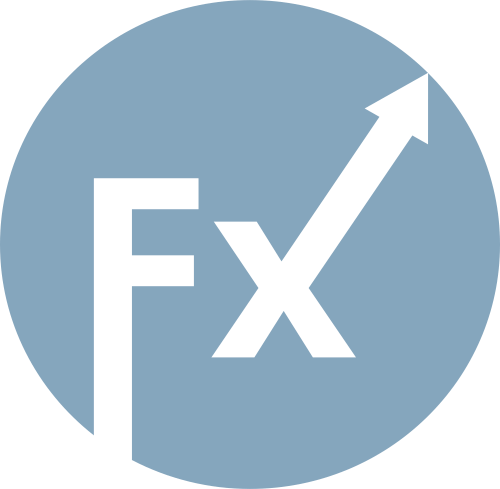Nejméně 19 mrtvých si vyžádaly sobotní rozsáhlé vojenské údery amerického prezidenta Donalda Trumpa proti jemenským Hútíům, kteří jsou spojenci Íránu, kvůli útokům této skupiny na lodní dopravu v Rudém moři, a varování, že pokud nepřestanou, „peklo na ně dopadne“.
Trump rovněž varoval Írán, hlavního podporovatele Hútíů, že musí okamžitě zastavit podporu této skupiny. Řekl, že pokud bude Írán Spojeným státům vyhrožovat, „Amerika vás bude hnát k plné odpovědnosti a nebude to od nás milé!“.
Rozvíjející se údery – které podle jednoho z představitelů budou trvat několik dní a možná i týdnů – představují největší americkou vojenskou operaci na Blízkém východě od lednového nástupu Trumpa do úřadu. Došlo k nim v době, kdy Spojené státy zvyšují sankční tlak na Teherán a zároveň se jej snaží přivést k jednacímu stolu ohledně jeho jaderného programu.
Při amerických úderech na jemenské hlavní město Saná bylo podle ministerstva zdravotnictví vedeného Hútíi zabito nejméně 13 civilistů a devět jich bylo zraněno.
Dalších šest osob, včetně čtyř dětí a jedné ženy, bylo zabito a 11 zraněno při americkém úderu na severní provincii Saada, uvedla húthijská televize Al-Masirah.
The levels I had marked were not tested in the second half of the day. This was due to the market holiday and the closure of several major exchanges.
During today's Asian session, the US dollar saw a noticeable decline, directly linked to rumors about the possible removal of Jerome Powell from his post as Chair of the Federal Reserve. It is reported that US President Donald Trump is actively seeking his dismissal. These reports triggered turmoil in the currency markets, as a forced resignation of Powell—especially under pressure from the President—would cast doubt on the independence of the Fed. Investors are concerned that political interference in monetary policy could lead to short-sighted decisions aimed at quick gains at the expense of long-term economic stability. Recent criticism from Trump toward Powell for not cutting interest rates—which the President believes is holding back economic growth—has fueled these rumors. The dollar's decline is also driven by ongoing uncertainty surrounding the future of US trade policy. Prolonged trade negotiations with China and the threat of new tariffs continue to weigh on the greenback. Investors are turning to safer currencies, such as the Japanese yen and Swiss franc, weakening the dollar's position.
For intraday strategy, I will focus primarily on Scenarios #1 and #2.
Scenario #1: I plan to buy the euro today at the entry point around 1.1545 (green line on the chart), with the target at 1.1586. I plan to exit the market at 1.1586 and open a sell position in the opposite direction, aiming for a 30–35 pip reversal. This setup assumes continued upward momentum in the first half of the day.
Important! Before buying, ensure the MACD indicator is above the zero line and starting to rise.
Scenario #2: I also plan to buy the euro today if there are two consecutive tests of the 1.1501 price level when the MACD indicator is in the oversold zone. This will limit the pair's downside potential and lead to an upward reversal. A rise toward the opposite levels, 1.1545 and 1.1586, can be expected.
Scenario #1: I plan to sell the euro after reaching the 1.1501 level (red line on the chart). The target will be 1.1465, at which point I will exit the market and open a buy position in the opposite direction (expecting a 20–25 pip bounce from that level). However, downward pressure on the pair is unlikely to return today.
Important! Before selling, make sure the MACD indicator is below the zero line and starting to decline.
Scenario #2: I also plan to sell the euro today if the 1.1545 level is tested twice in a row while the MACD indicator is in the overbought zone. This will limit the pair's upside potential and lead to a downward reversal. A drop toward the opposite levels, 1.1501 and 1.1465, can then be expected.

QUICK LINKS